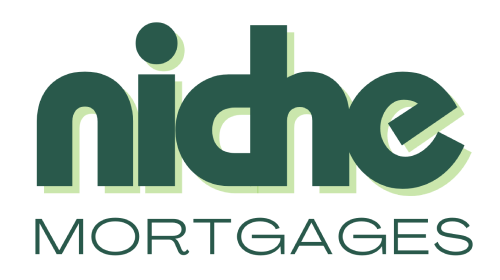Applying for a mortgage can feel like a daunting task, especially if you’re a first-time homebuyer. However, understanding each step in the process can help you feel more confident and prepared. This guide will walk you through the mortgage application process, step by step, so you know what to expect at each stage.
Assess Your Financial Situation
Before you start the mortgage application process, it’s crucial to assess your financial situation. Review your credit score, evaluate your debts, and determine how much you can comfortably afford for a monthly mortgage payment. A higher credit score will often result in better interest rates, so you may want to work on improving your score before applying.
Consider using a mortgage calculator to get a rough estimate of how much you can afford based on your income and expenses.
Get Pre-Approved for a Mortgage application
One of the first formal steps is getting pre-approved for a mortgage. A pre-approval involves a lender reviewing your financial information—such as your income, credit history, and debts—to determine how much they’re willing to lend you. A pre-approval can give you a clear budget to work within and can make you a more attractive buyer to sellers.
To get pre-approved, you’ll typically need to provide:
- Proof of income (pay stubs, tax returns)
- Employment verification
- Credit report
- List of assets and debts
This is an excellent time to explore different types of loans, such as construction mortgages if you plan to build, or home loans for traditional purchases.
Choose the Right Mortgage Type
Once you have your pre-approval, it’s time to choose the mortgage type that best suits your needs. Common options include:
- Fixed-Rate Mortgages: Consistent interest rates for the loan’s duration.
- Variable-Rate Mortgages: Interest rates that can fluctuate with the market.
- Private Mortgages: Provided by private lenders for more flexibility.
- Commercial Mortgage Loans: For purchasing business properties.
Each type has its advantages and disadvantages, so consider your long-term financial goals before making a decision.
Gather the Necessary Documents For Your Mortgage Application
The next step in the mortgage application process is gathering all the necessary documents. Lenders will need to verify your financial situation, so it’s essential to have all paperwork in order. Common documents include:
- Recent pay stubs and bank statements
- Tax returns from the past two years
- Identification (passport, driver’s license)
- Proof of assets (investments, savings)
Having these documents ready will speed up the process and demonstrate to the lender that you’re a serious applicant.
Submit Your Mortgage Application
Once you’ve chosen the right mortgage and gathered all the necessary documents, it’s time to submit your mortgage application. This can be done in person, online, or through a mortgage broker. Be prepared to answer any follow-up questions from the lender as they review your application.
Underwriting and Property Appraisal
After submitting your application, the lender will begin the underwriting process. This involves verifying all the information you’ve provided, such as your income, employment status, and credit history. At this stage, the lender will also order an appraisal of the property you want to buy to ensure its value matches the loan amount.
During underwriting, it’s essential to respond promptly to any requests from the lender to keep the process moving smoothly.
Receive Your Mortgage Approval
If everything checks out during the underwriting process, you’ll receive final mortgage approval. The lender will issue a commitment letter, outlining the terms and conditions of the loan. This is the stage where you can lock in your interest rate if you haven’t already.
At this point, you should carefully review all the details in the commitment letter to ensure they match your expectations.
Closing on Your New Home
The final step is closing on your mortgage. During this stage, you’ll review and sign all the closing documents, pay closing costs, and finalize the deal. You’ll typically work with a real estate lawyer to ensure all paperwork is accurate. Once everything is signed, and the funds are transferred, you’ll officially become a homeowner!
Ready to Start the Mortgage Process with Confidence?
The mortgage application process involves assessing your finances, getting pre-approved, choosing the right mortgage type, gathering documents, submitting your application, and going through underwriting. After approval, you’ll close on the mortgage and become a homeowner.
If you’re looking to get started with the mortgage application process or have questions about your options, Contact Niche Mortgages today. We’ll guide you every step of the way to ensure a smooth and successful experience!
About the Author

Jonathan Yien
Jonathan Yien is a seasoned mortgage broker at DLC Clear Trust Mortgages with a rich background in financial advising from his time at TD Canada Trust. He is dedicated to helping clients achieve their financial and homeownership goals.

